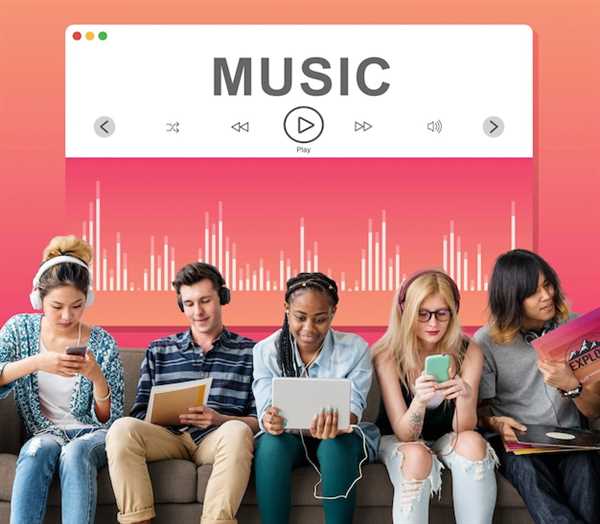Welcome to our detailed tutorial, designed to assist you in the process of altering your audio content into a widely accepted digital format. This section is crafted to provide you with a thorough understanding and practical steps to achieve your goal effectively and efficiently.
Whether you’re a seasoned user or a novice, this guide aims to simplify the transformation process, ensuring that you can manage your audio files with ease. By following our straightforward steps, you’ll be able to convert your audio into a format that is compatible with numerous devices and platforms.
Before diving into the specifics, it’s important to understand the rationale behind choosing a particular digital audio format. This choice often depends on factors such as file size, audio quality, and compatibility with various playback devices. Our focus here is on a format that offers a good balance between these elements, ensuring both quality and versatility.
Let’s embark on this journey together, ensuring that by the end of this tutorial, you are equipped with the knowledge and tools necessary to transform your audio files into a format that suits your needs perfectly.
Lire aussi : Nigerian Idol : Musiciens Nigérians – saison 9 – concours le 21 avril !
Choosing the Right Software for Audio Format Conversion

Selecting appropriate tools for transforming audio files into different formats is crucial for achieving high-quality results. This section delves into the factors to consider when choosing software that meets your specific needs, ensuring a smooth and efficient process.
Understanding Your Needs
Before embarking on the search for suitable software, it’s essential to clarify what you require from the conversion tool. Consider aspects such as the types of audio files you typically work with, the desired output quality, and any additional features like editing capabilities or batch processing.
Key Features to Look For
Compatibility: Ensure the software supports a wide range of input formats and is compatible with your operating system.
Ease of Use: Opt for user-friendly interfaces that allow for straightforward navigation, especially if you’re not technically inclined.
Quality Preservation: Look for tools that maintain the integrity of the audio during the conversion process, ensuring that the output is as close to the original as possible.
Speed: Consider the efficiency of the software in terms of processing time, especially if you handle large volumes of files.
Additional Features: Some software may offer extra functionalities such as audio editing, metadata management, or integration with other tools, which can be beneficial depending on your workflow.
By carefully evaluating these aspects, you can select a conversion tool that not only meets your immediate needs but also enhances your overall audio management experience.
Exploring Key Features for Optimal Audio Quality
This section delves into the essential elements that contribute to the enhancement of sound fidelity during the digital transformation process. Understanding these features can significantly improve the listener’s experience, ensuring that the output meets high standards of clarity and richness.
| Feature | Description | Impact on Audio Quality |
|---|---|---|
| Bitrate | The rate at which data is transferred per second, measured in kilobits per second (kbps). | Higher bitrates generally result in better sound quality as more data is used to represent the audio. |
| Sample Rate | The number of samples of audio carried per second, measured in hertz (Hz). | A higher sample rate captures more of the audio spectrum, leading to a more detailed and accurate representation of the original sound. |
| Codec | A method for encoding and decoding data streams, which affects how the audio is compressed and decompressed. | Different codecs offer varying levels of compression and sound quality. Choosing an appropriate codec is crucial for balancing file size and audio fidelity. |
| Channel Configuration | The arrangement of audio channels, such as mono, stereo, or surround sound. | The choice of channel configuration can enhance the spatial quality of the audio, providing a more immersive listening experience. |